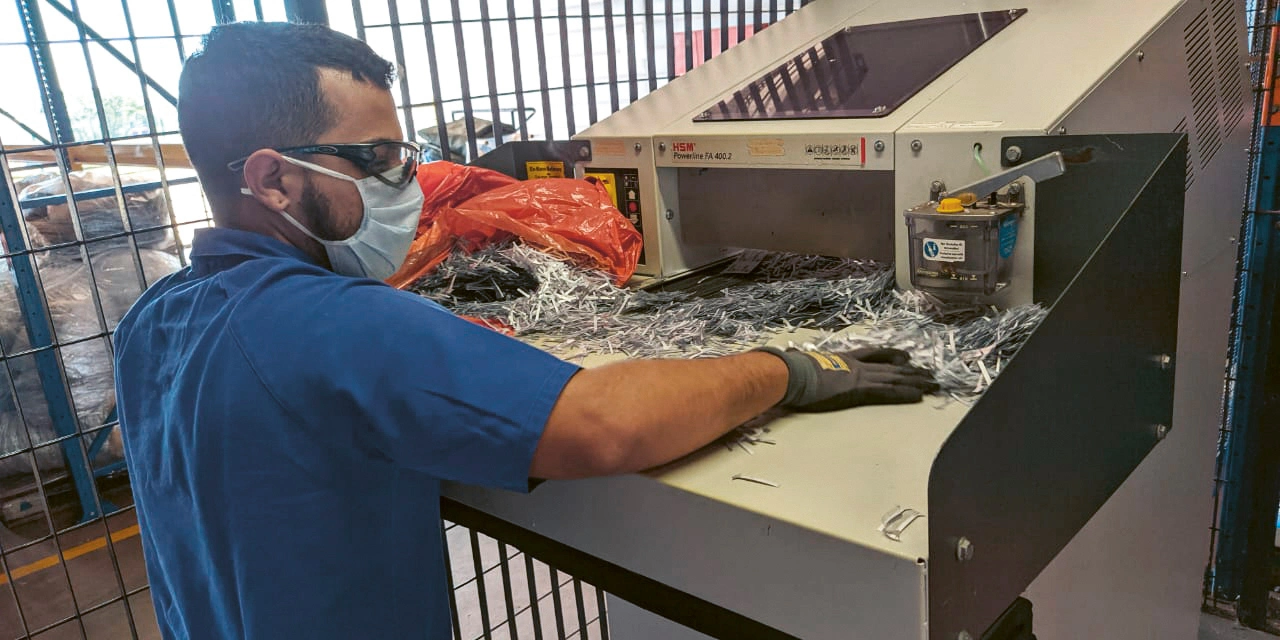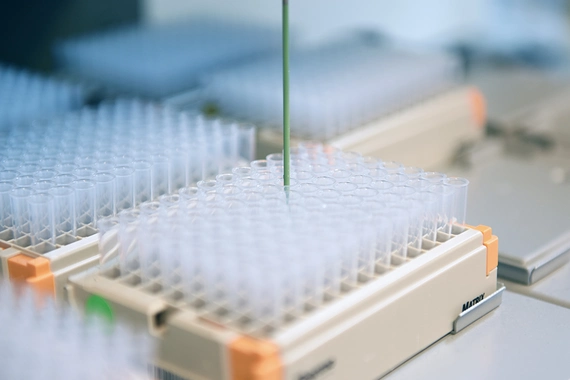
Novartis is committed to keep the environmental impact from waste at a minimum and follows a clear waste management strategy. The aim is to prevent, reduce, recycle or use waste as an energy source, before selecting safe disposal as an option. Waste prevention and reduction is always preferred to treatment, incineration or disposal. This helps ensure the overall environmental impact related to waste remains minimal, while energy use from waste is maximized. All Novartis sites report waste data on a quarterly basis and our waste contractors are routinely audited to help ensure our waste is properly managed.
